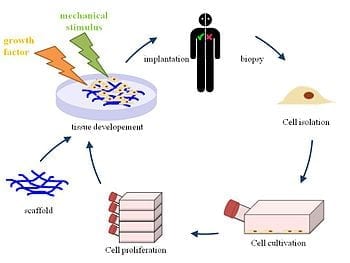
- Image via CrunchBase
M.I.T. chemist Dan Nocera hopes to launch a distributed energy revolution via sunlight, water and a cheap catalyst
Dan Nocera is a salesman who doesn’t need the sale. For his entire career, he’s pursued a simple question: Just how do plants take sunlight, combine it with water and get energy out of it?
After 25 years of study, he’s begun to mimic the process in a small, cheap gadget. It runs on just a bottle of water a day.
He regularly stumps for the technology at energy conferences, where audiences bubble with curiosity at its many merits. His startup company, Sun Catalytix, is already building prototypes. Last year, it received a $4 million award from the Energy Department’s Advanced Projects Research Agency-Energy (ARPA-E) program — proof that someone thinks it could be a breakthrough technology in waiting.
And if the whole concept fizzles, well, Nocera has a day job: He’s a chemistry professor at the Massachusetts Institute of Technology.
“If it doesn’t work, I’m done with it. And I really mean this. This is so simple in design and concept, I’m not going to be one of those people who say, ‘it’s almost there,'” he says. “No. This thing’s going to work, or it’s not going to work.”
Nocera isn’t the shy type: He generally says this thing’s going to work. As he explains, he takes credit for inventing whole fields of science, with names like “proton-coupled electron transfer.” He’s as comfortable as he would be before a freshman chemistry class: plain-spoken, a bit foul-mouthed, even brash.
And it’s hard to see why he shouldn’t be. Scientists have gushed about his invention: One called it “a major discovery with enormous implications for the future prosperity of humankind.”









![Reblog this post [with Zemanta]](http://img.zemanta.com/reblog_b.png?x-id=63907418-8066-4e63-8edd-8f06951a7e1f)
